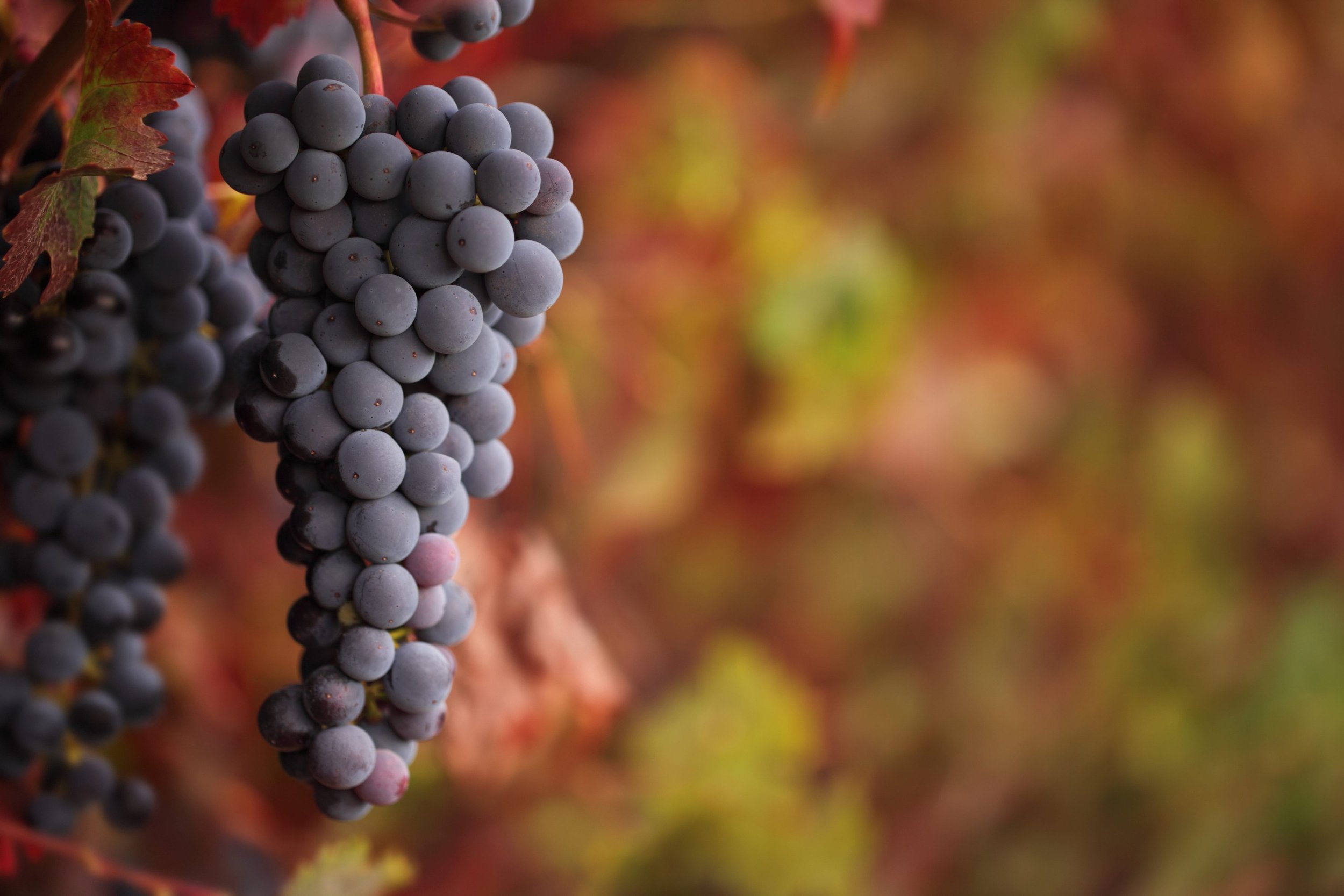
Production of Port Wine - How it’s made
Let’s discover the production proces of port wine, step by step.
🍇 How Port Wine Is Made: From Douro Valley to Decanter
A complete guide to how Port is made — from harvest to fortification and aging.
Port wine is more than just a sweet red dessert wine — it’s a fortified treasure born from the rugged schist soils of Portugal’s Douro Valley, shaped by centuries-old methods that combine natural fermentation, grape spirit fortification, and careful aging.
In this guide, we break down exactly how Port wine is made, step by step — whether you’re new to Port or a seasoned enthusiast looking to deepen your knowledge.
🍇 Harvest and Fermentation
Grapes are typically harvested in late August to October. In many traditional quintas (wine estates), they are still foot-trodden in stone lagares — shallow granite tanks designed to gently crush grapes and extract maximum flavor, color, and tannin without breaking the seeds.
Once crushed, the grape juice begins a natural fermentation, just like in regular wine production. But here’s where Port wine takes a unique turn.
🛢️ Aging: Barrel or Bottle?
After fortification, Port wines take different paths based on their style. This is where Port begins to branch into its many expressions:
| Port Style | Aging Vessel | Typical Aging Duration | Key Traits |
|---|---|---|---|
| Ruby Port / Reserve Ruby | Large oak vats | 2–5 years | Fruity, vibrant, deep color |
| Tawny Port (10–40 Years) | Small oak barrels | 10–40+ years | Nutty, oxidative, amber-tawny color |
| Vintage Port | Bottle (after 2 yrs in vat) | 20–50+ years | Powerful, structured, long bottle aging |
| Late Bottled Vintage (LBV) | Large vats | 4–6 years | Single vintage, smooth, ready to drink |
| Colheita Port | Small oak barrels | 7–50+ years | Single vintage Tawny, rich and evolved |
| White Port | Steel tanks or barrels | 2–10+ years | Fresh to nutty, depending on age |
| Crusted Port | Bottle (after 2–3 yrs in vat) | 10–20 years | Unfiltered, rich, bottle-aged blend |
✨ Final Thoughts: Why the Process Matters
Understanding how Port is made gives you a deeper appreciation for the craftsmanship and patience behind every bottle. From hand-harvesting on steep Douro slopes to precisely timed fortification with grape spirit, every step influences the final wine.
So the next time you raise a glass of Port, you’re not just drinking a wine — you're drinking centuries of tradition, innovation, and terroir in one beautifully balanced sip.
🔗 Discover the Best Port Wines to Try
🔗 How to Store Port Wine
🔗 Port Wine and Cheese Pairings
📍 Where It Begins: The Douro Valley
The story of every Port wine starts in the dramatic terraced vineyards of the Douro Valley, one of the world’s oldest demarcated wine regions. Grapes are grown on steep, rocky slopes under a hot continental climate, where extreme conditions yield low yields, small berries, and intense concentration — perfect for Port.
Key indigenous grape varieties include:
Touriga Nacional
Touriga Franca
Tinta Roriz (Tempranillo)
Tinto Cão
Tinta Barroca
Each plays a role in the structure, color, and aroma of the final Port wine.
🛑 Stopping Fermentation with Grape Spirit
After just a few days of fermentation — when only a portion of the sugar has been converted to alcohol — winemakers stop the process by adding a neutral grape spirit (known as aguardente).
This fortification step:
Kills the yeast, halting fermentation
Preserves natural grape sugar, resulting in a naturally sweet wine
Raises alcohol content to ~19–20% ABV
This is what defines Port as a fortified wine — a wine with added alcohol to preserve sweetness and increase stability.
🔬 Blending and Bottling
Most Port wines are blends of multiple grape varieties and vintages — crafted by skilled winemakers to maintain house style and consistency. However, single-harvest styles like Vintage Port or Colheita are bottled to reflect the unique qualities of that year.
Filtered Ports (like Ruby and many LBVs) are ready to drink upon release, while unfiltered Ports may require decanting and benefit from bottle aging.
🍷 From Cellar to Glass: How Port Wine Is Enjoyed
After years — or decades — in wood or bottle, Port wine reaches your table with rich sweetness, balanced acidity, and stunning aromatic complexity.
Whether you're sipping a chilled White Port & tonic on a summer terrace or uncorking a 40-year-old Tawny by the fire, every Port tells the story of how it was made — and the traditions behind it.
Discover The Douro Valley & Porto with these perfect getaways






